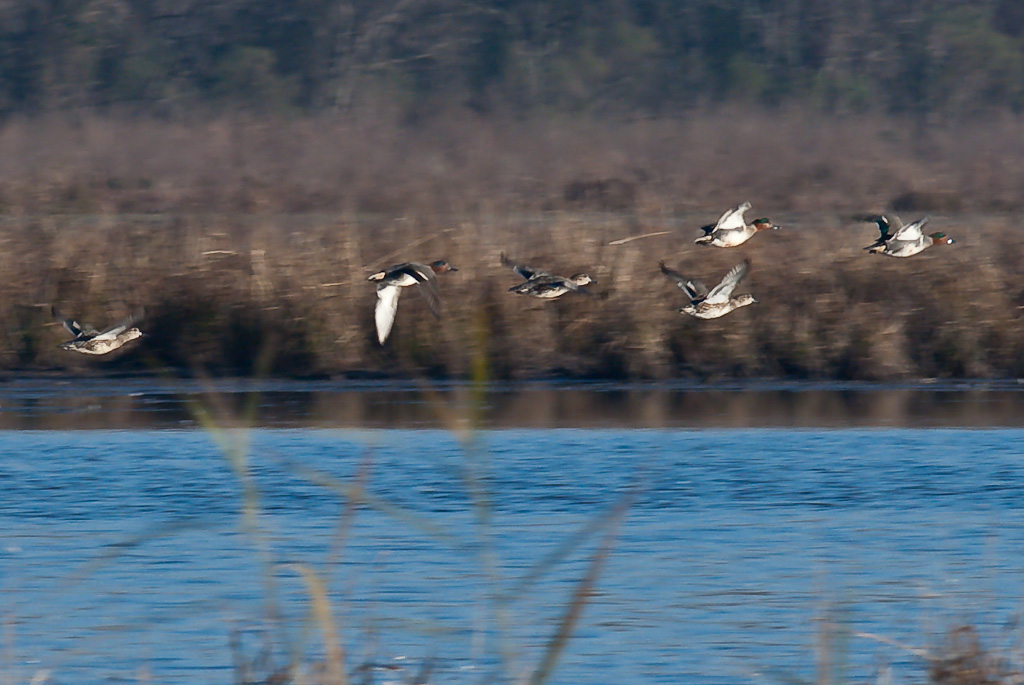Wetlands of the Upper Texas Coast
The upper Texas Coast is home to some of the most abundant and diverse wetlands in the world. Along the coast, tidal wetlands and interior barrier island wetlands protect our shorelines from erosion and are critical habitat to waterfowl and migrating birds. Along the major rivers, forested bottomland wetlands and swamps provide recreational and economic opportunities to area residents and landowners. Interior wetlands such as marshes, prairie potholes, and coastal flatwoods provide important habitat, food, and water to local wildlife, especially during drought.
Wetlands play an important role in filtering pollutants from our water, recharging groundwater, and mitigation flooding and erosion. They provide commercial and recreational opportunities such as fishing, shrimping, hunting, wildlife photography, and kayaking. Many wildlife depend on wetlands for all or part of their life cycle. The upper Texas coast is a critical flyway for neotropical migrating birds which often pause in their journey in Galveston Bay wetlands for rest and foraging. All of these functions performed by wetlands are collectively known as ecological services.
Wetland Permitting on the Upper Texas Coast
Section 404 of the Clean Water Act and Section 10 of the Rivers and Harbors Act of 1899 authorizes the Federal Government through the the US Environmental Protection Agency (USEPA) and the US Army Corps of Engineers (USACE) to regulate the discharge of dredge and fill material in waters of the United States (waters of the US). Discharge of dredge and fill material into waters of the US is prohibited except under special exemptions unless a permit for the discharged as been reviewed and approved by the USACE.
In the Houston-Galveston Region, the USACE Southwestern Division Galveston District (SWG) is the authority governing the local Section 404 permitting program.

